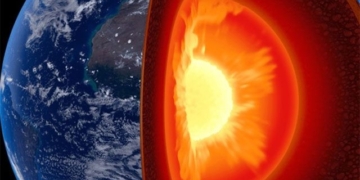The Matanuska Valley, Alaska (USA), is also known as the valley of giant vegetables. Here, farmers can grow cabbage weighing up to 30 kg, white radishes weighing 20 kg, and onions as large as soccer balls.
Halloween is a traditional festival in the West. During this time, people dress up as various ghosts and carve pumpkins. As a result, many local farmers are eager to grow gigantic pumpkins.
In fact, giant pumpkins are a product of “high technology” cultivated by humans. Throughout their growth process, farmers must carefully graft branches and fertilize them, yet no one can predict how large these pumpkins will grow. However, there are two places in the world where giant vegetables can grow naturally.
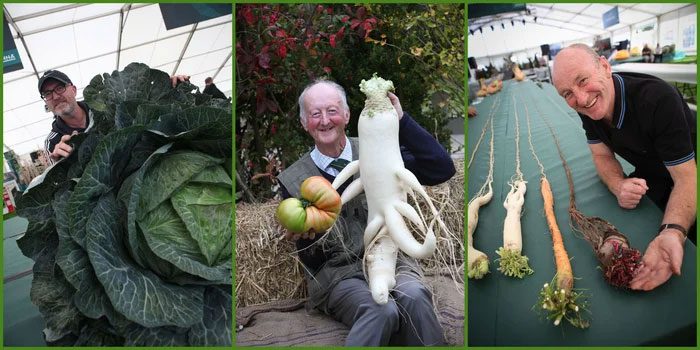
To cultivate giant vegetables, residents typically begin sowing seeds in January, when the weather is still cold. The plants grow under artificial light in greenhouses, and by May, when it warms up, they transfer the plants into pots to expose them to direct sunlight.
The Matanuska Valley in North America and Susitna Island in Siberia are two locations where giant vegetables can grow completely naturally. Just how large can these vegetables get?
Onions in the Matanuska-Susitna region can be as big as soccer balls, white radishes can weigh 20 kg, carrots can grow 40 cm long and 20 cm thick, cabbages can weigh 30 kg, and soybean seedlings can reach heights of 2.5 meters. The abundance of giant vegetables here has led scientists to collectively refer to it as the “Valley of Giant Vegetables.”
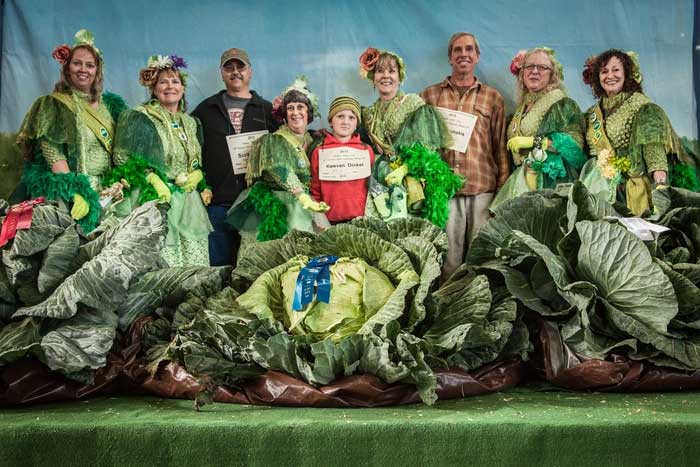
The annual Agricultural Fair in Alaska is held in Palmer, located 68 km northeast of the state capital, Anchorage, where local farmers proudly showcase the largest vegetables they grow.
So why are the vegetables in the Valley of Giant Vegetables so enormous? In fact, botanists are eager to solve this mystery. Since its discovery, many scientists have been fascinated by this place, and after conducting field investigations, they have begun to express their opinions.
Some botanists believe that the vegetables in the Valley of Giant Vegetables may be mutated varieties, and the seeds of these vegetables may have undergone natural irradiation. However, research results indicate that the vegetable varieties here are actually very common. Therefore, they brought seeds from other places to plant here and took seeds from the Valley of Giant Vegetables to other locations to observe their growth progress.
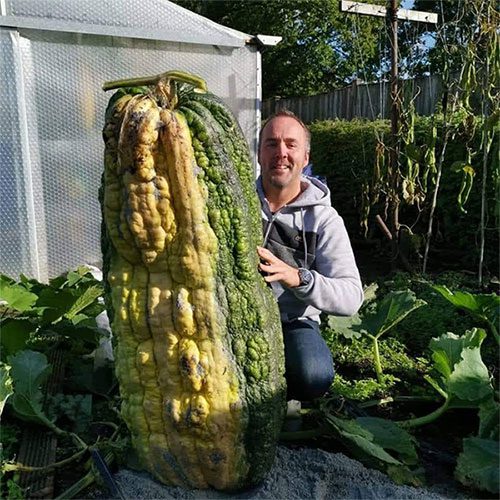
According to Amusing Planet, Alaska, USA, located near the North Pole, experiences up to 19 hours of sunlight each day during the summer and peak planting season. The prolonged sunlight enables continuous plant growth. Even though the growing season in Alaska is much shorter than in other states in the US, farmers here have managed to grow some of the largest vegetables in the world.
Remarkably, after several generations of crossbreeding, ordinary vegetables brought to Matanuska-Susitna have been able to grow to gigantic sizes, whereas vegetables from Matanuska-Susitna taken to other areas will shrink back to normal sizes after many generations of crossbreeding.
Some botanists suggest that the ability to grow giant vegetables in Matanuska-Susitna may relate to the latitude of the area. During summer, the region experiences up to 19 hours of sunlight each day, allowing vegetables to photosynthesize longer and grow more rapidly.
However, there are opposing views, arguing that many regions with similar latitudes do not produce giant vegetables; why is that?
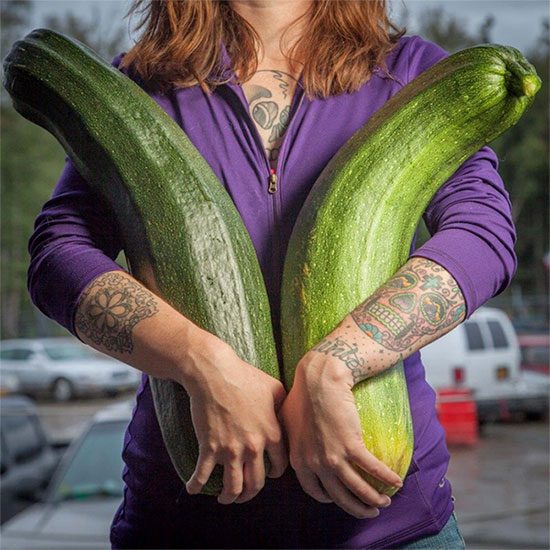
Agricultural cultivation in the Matanuska-Susitna Valley began as an experiment in the 1930s to increase agricultural output in the United States during the Great Depression. Over 971 million square meters were utilized for farming and settlement for farming families from Minnesota, Wisconsin, and Michigan.
Scientists have speculated another reason for the emergence of giant vegetables, which is the significant temperature difference between day and night. The temperature in the Valley of Giant Vegetables often drops or rises suddenly, potentially disrupting plant growth systems and accelerating their growth.
However, this hypothesis is also contentious, as there are many areas on our planet with significant day-night temperature differences, yet these locations do not produce giant vegetables.
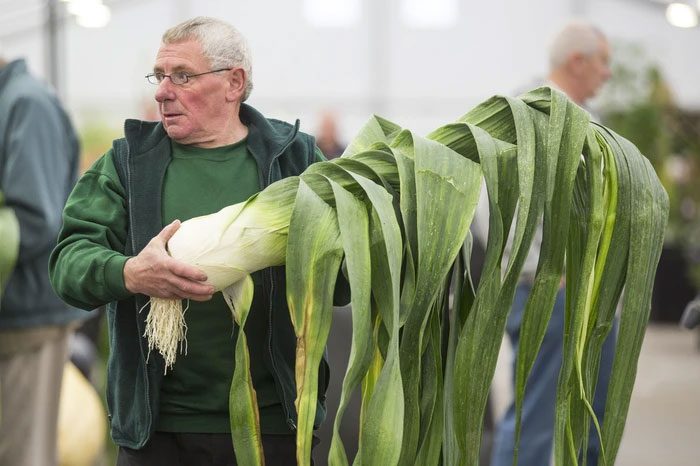
Vegetable cultivation has made significant strides over the past decade. More and more farmers are successfully growing giant vegetable varieties. They often view the work of growing giant vegetables as a sport and consider themselves athletes.
Many believe that if climate and plant varieties are not the cause, then the unique composition of the soil must be what makes vegetables gigantic. However, scientists have examined the soil composition in Matanuska-Susitna and found that the soil is quite ordinary, lacking any special substances. It seems that the secret of the Valley of Giant Vegetables remains unsolved.


















































